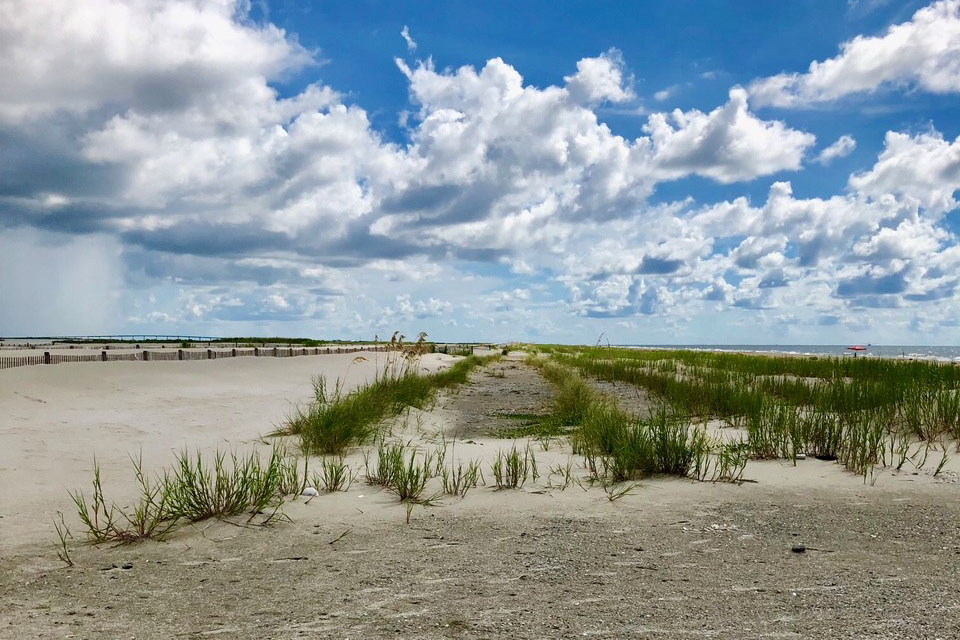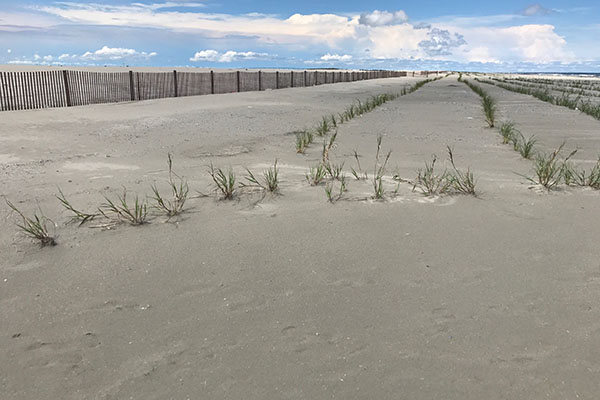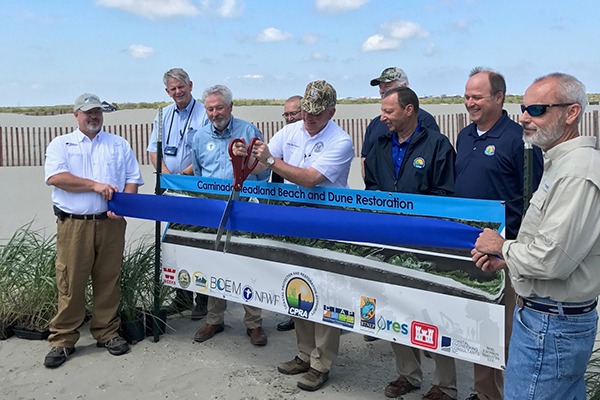Caminada Headland Beach and Dune Restoration
CONTACT


Caminada Headland Beach after restoration

Caminada Headland Beach before restoration

Louisiana's Gov. Edwards opens beach to public walking
PROJECT SNAPSHOT
Project Type
Non-Bank ProjectLocation
Louisiana | Jefferson ParishSolution
ResiliencyEcological Setting
- Coastal Systems
- Wetlands
2019 Award Winner – Best Restored Beaches from the American Shore and Beach Preservation Association (ASBPA)
The Caminada Headland Beach and Dune Restoration Project is part of a restoration and protection of beach and dune habitat through the direct placement of approximately 5.4 million cubic yards of sandy material from Ship Shoal (an offshore borrow source). The fill material was barged to a staging area near the mouth of West Belle Pass, then pumped via a pipeline for placement on the shoreline.
This project created and enhanced over 300 acres of beach and dune, reinforcing almost six miles of barrier headland habitat, while reducing the impacts of storm events on Port Fourchon and LA Highway 1, a vital hurricane evacuation route for Fourchon and Grand Isle. The restoration project also provided important habitat for nesting shorebirds as well as migratory birds. RES’ role on this project was to install native species on the recently formed project features. Our nursery sourced seed stock from the USDA NRCS Plant Materials Center and had state plant material certification with the Louisiana Department of Agriculture and Forestry.
Under the State’s direction, RES planted 75,970 four-inch containers of bitter panicum (Panicum amarum) and 30,338 one-gallon containers of sea oats (Uniola paniculate). Site conditions were loose sandy beach, where all mobilization was conducted via land-based routes.
Heat stress on plants was particularly a difficult obstacle for this project. Due to the heat, RES opted to perform multiple deliveries throughout the planting period bringing only enough plants that they could plant each day. Due to the adaptive planting techniques utilized by RES, this large-scale planting effort was very successful, and the mortality of the newly planted vegetation was drastically reduced.
